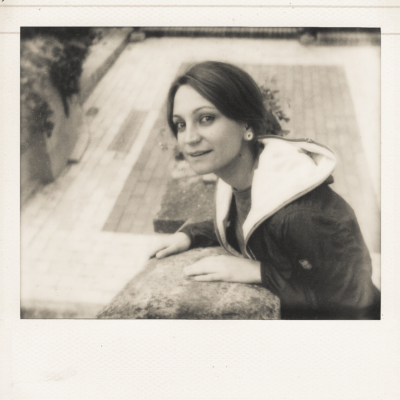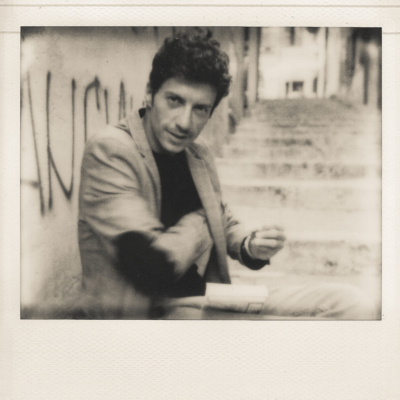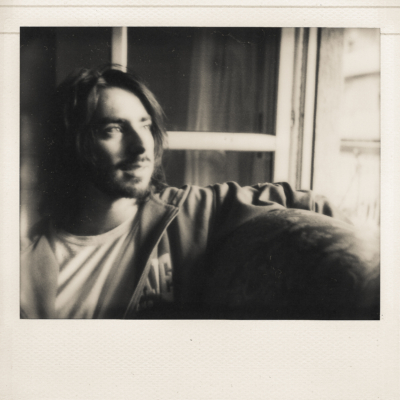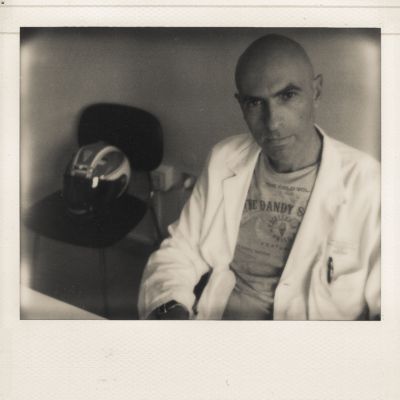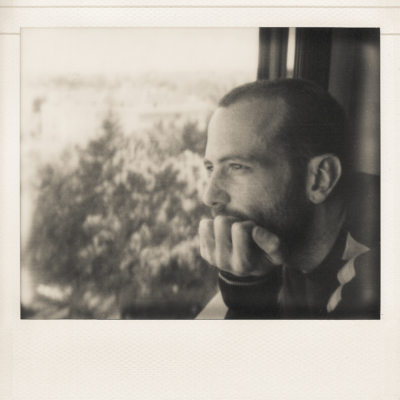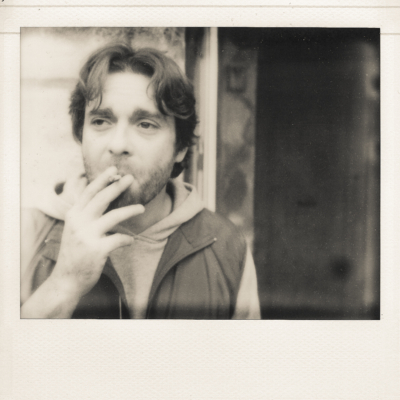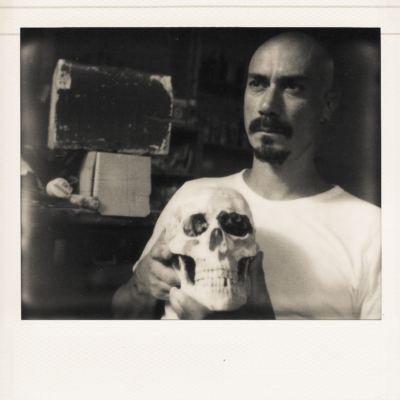SOUL SNAPSHOTS
Thinking about the relationship between photographer/portrayed subject and the difficulty of fully reproducing reality in the image generated by this relationship, it could be said that the act of photographing faces and related moods falls under Heisenberg’s Uncertainty Principle.
According to this principle it is not possible, not even in theory, to measure simultaneously and with extreme accuracy the position and speed of an elementary particle. In a similar way, through a photographic portrait, it is not possible to render at the same time the “pure” state of mind, that is, free from the emotional interference generated by the observer/photographer and the representation of himself/herself that the person portrayed offers to the lens.
This, of course, happens because in the case of photography, the portrayed subject is always influenced by the presence of the observer, who is the photographer, and by the medium he/she uses.
Paradoxically, therefore, the photographer and his/her instrument should make themselves completely transparent to the gaze of the portrayed subject if they wanted to capture a genuine mood.
However, by doing so, that is, if the photographer and his/her instrument were no longer visible for the portrayed subject, the latter would no longer have a way or reason to create a representation of himself/herself for an objective that would no longer exist.
In making this series of portraits, therefore, I had to make a choice: either to try to portray the person as he/she intended to show himself/herself or to bring out his/her genuine emotional state of that moment, that is basically as little as possible influenced by my presence (however much, of course, it was impossible to completely reset it).
My choice fell on the latter option, probably supporting my nature in this, trying to make my presence almost invisible to capture and return the mood of the photographed subject without affecting it.
(Instant film, 2012)
